Author: Printedcircuitboardmanufacturers
-
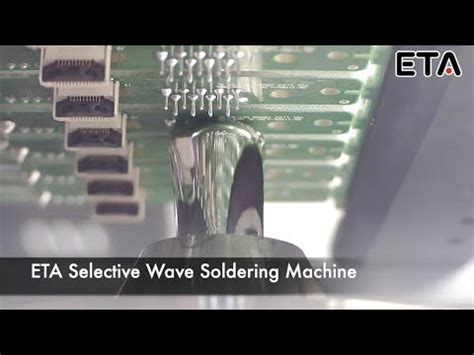
pcb fabrication and assembly processes and where wave soldering fits
•
Introduction to PCB Manufacturing Printed Circuit Boards (PCBs) are the backbone of modern electronics. They provide a platform for electrical components to be mounted and interconnected to form a functional circuit. The PCB manufacturing process involves several steps, from design and fabrication to assembly and testing. In this article, we…
-
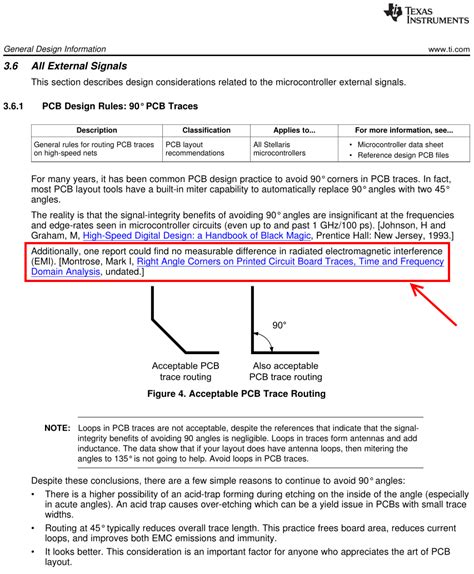
pcb routing angle myths 45 degree angle versus 90 degree angle
•
Introduction to PCB Routing Angles Printed Circuit Board (PCB) routing is a crucial aspect of electronic design, as it determines the efficiency and reliability of the final product. One of the most debated topics in PCB routing is the choice between 45-degree and 90-degree angles. This article will explore the…
-
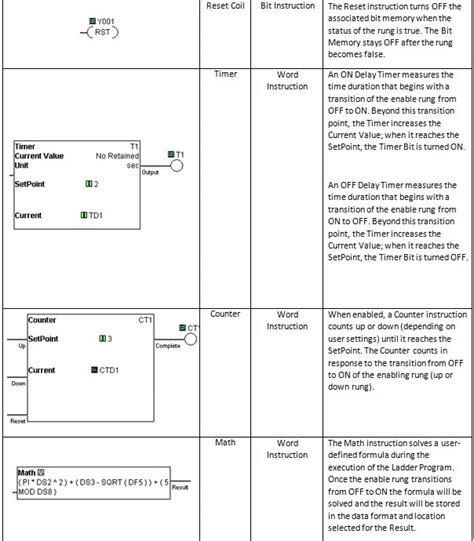
plc vs embedded system when you should choose a plc despite the higher cost per unit
•
Introduction In the world of industrial automation and control systems, two of the most commonly used technologies are Programmable Logic Controllers (PLCs) and Embedded Systems. While both have their strengths and weaknesses, PLCs are often chosen over Embedded Systems despite their higher cost per unit. In this article, we will…
-
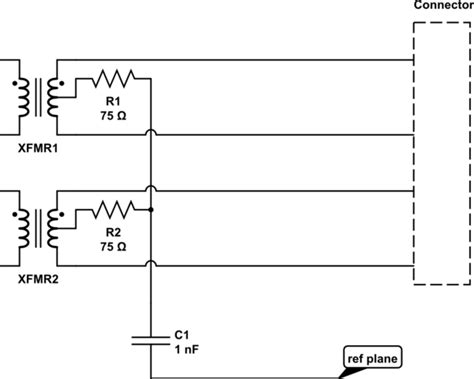
principios de pares diferenciales parte 1
•
Introducción a los pares diferenciales Los pares diferenciales son componentes mecánicos utilizados en una variedad de aplicaciones, desde automóviles hasta maquinaria industrial. Su función principal es permitir que las ruedas o ejes de un vehículo giren a diferentes velocidades, lo cual es esencial cuando el vehículo está girando o cuando…
-
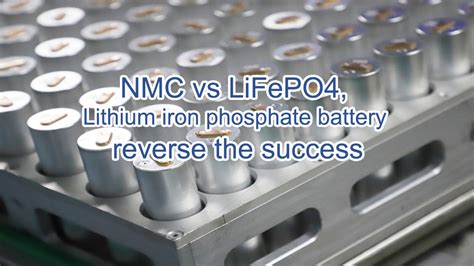
lithium iron phosphate battery vs lithium ion embedded systems
•
Introduction to LFP and Li-ion Batteries in Embedded Systems Embedded systems have become an integral part of our daily lives, powering a wide range of devices from smartphones and laptops to industrial equipment and electric vehicles. The choice of battery technology plays a crucial role in determining the performance, longevity,…
-
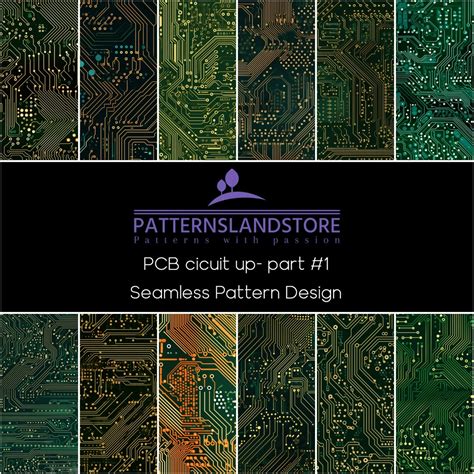
keep your pcb assembly and production processes your best pants seamless
•
Introduction to PCB Assembly and Production Printed Circuit Board (PCB) assembly and production are crucial processes in the electronics industry. A well-designed and efficiently manufactured PCB is the foundation of any electronic device, from smartphones to medical equipment. In this article, we will explore the various aspects of PCB assembly…
-
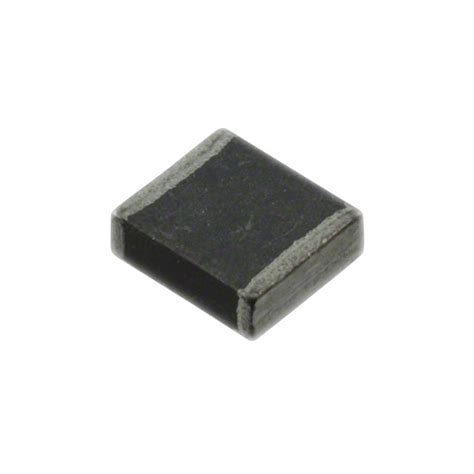
everything you need to know about ferrite beads
•
What are Ferrite Beads? Ferrite beads, also known as EMI (Electromagnetic Interference) filters or suppressor beads, are passive electronic components used to suppress high-frequency noise in electronic circuits. They are made of a magnetic material called ferrite, which has high permeability and resistivity. Ferrite beads are commonly used in various…
-
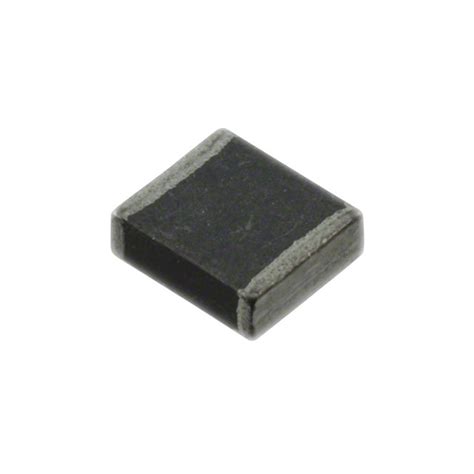
How Do Ferrite Beads Work and How Do You Choose the Right One?
•
What are Ferrite Beads? Ferrite beads, also known as EMI suppressors or RF chokes, are passive electronic components made of a magnetic ceramic material called ferrite. They are designed to attenuate high-frequency noise in electronic circuits without affecting the desired low-frequency signals. Ferrite beads are commonly used in various applications,…
-
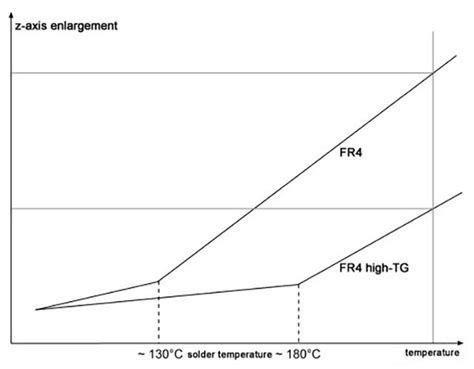
FR4 Dielectric Constant and Material Properties
•
Introduction to FR4 and its Properties FR4, or Flame Retardant 4, is a widely used glass-reinforced epoxy laminate material in the electronics industry. It is known for its excellent mechanical, electrical, and thermal properties, making it an ideal choice for printed circuit boards (PCBs) and other electronic applications. FR4 is…
-
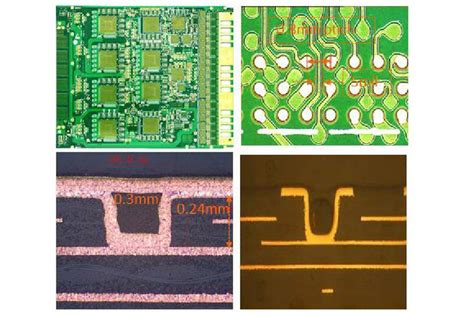
Everything You Need to Know About Microvias in Printed Circuit Design
•
What are Microvias in PCBs? Microvias are small holes drilled in a printed circuit board (PCB) that electrically connect different layers of the board. Unlike through-holes which go through the entire board, microvias only penetrate through a few layers. This allows for greater interconnection density and routing flexibility in high…